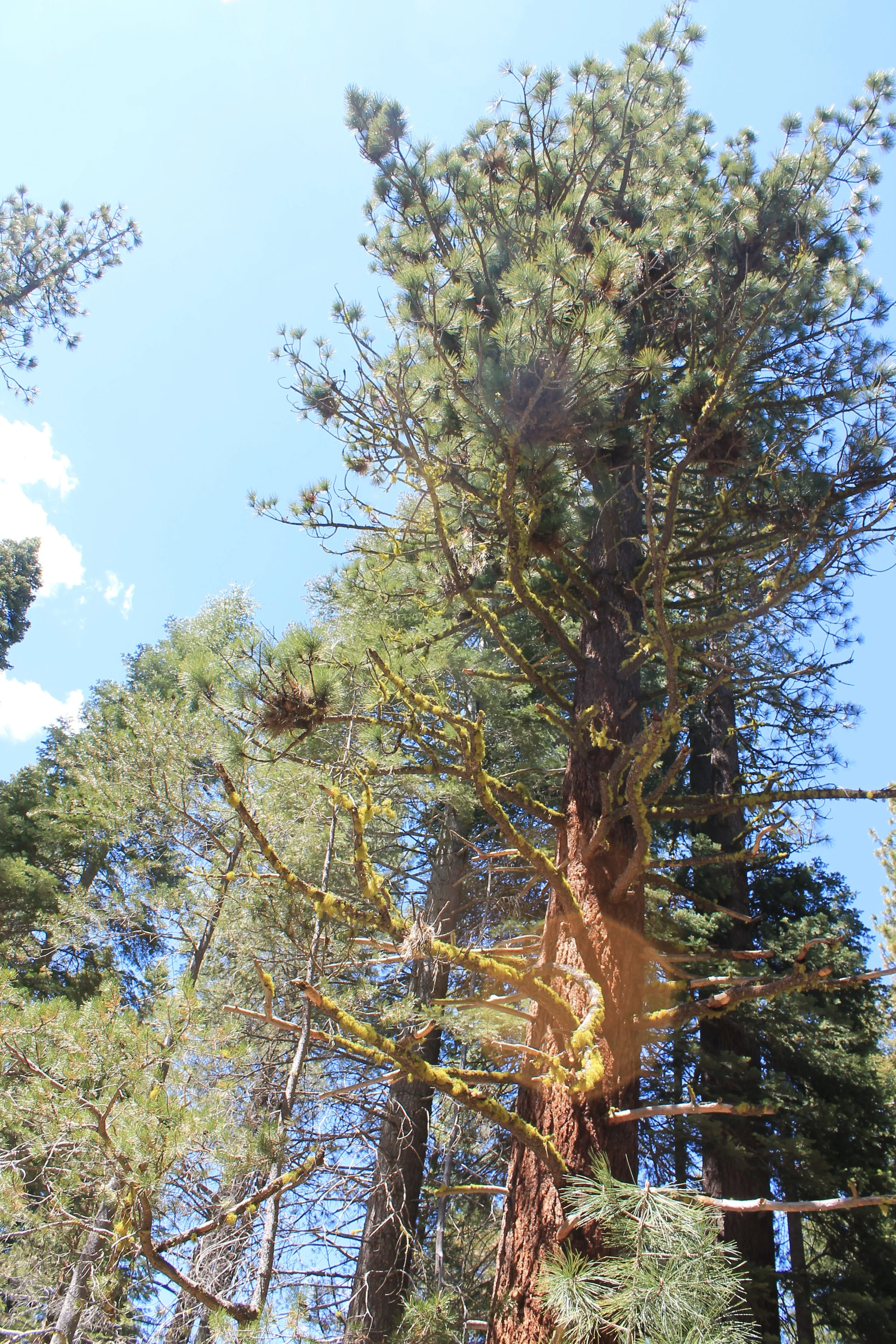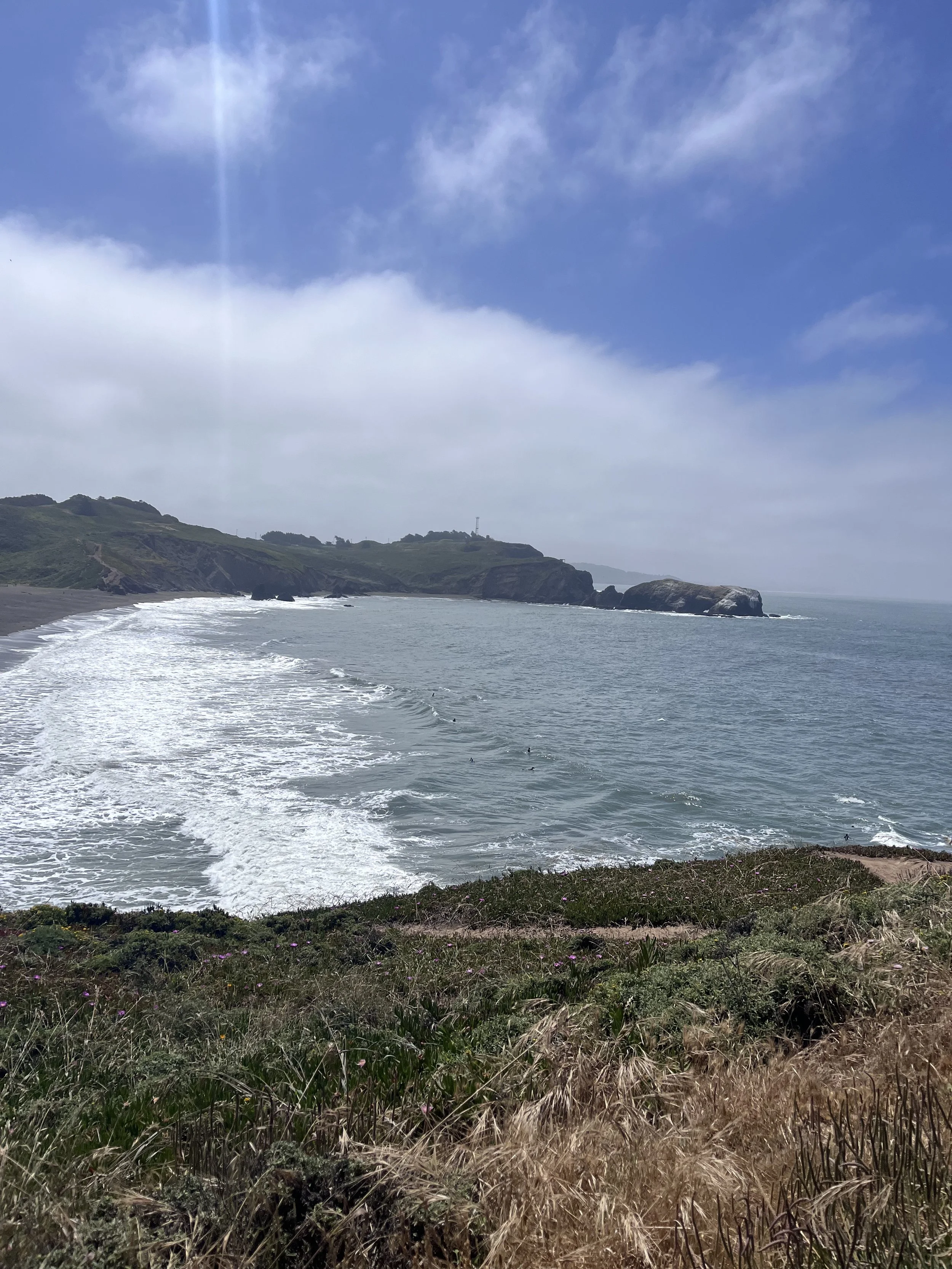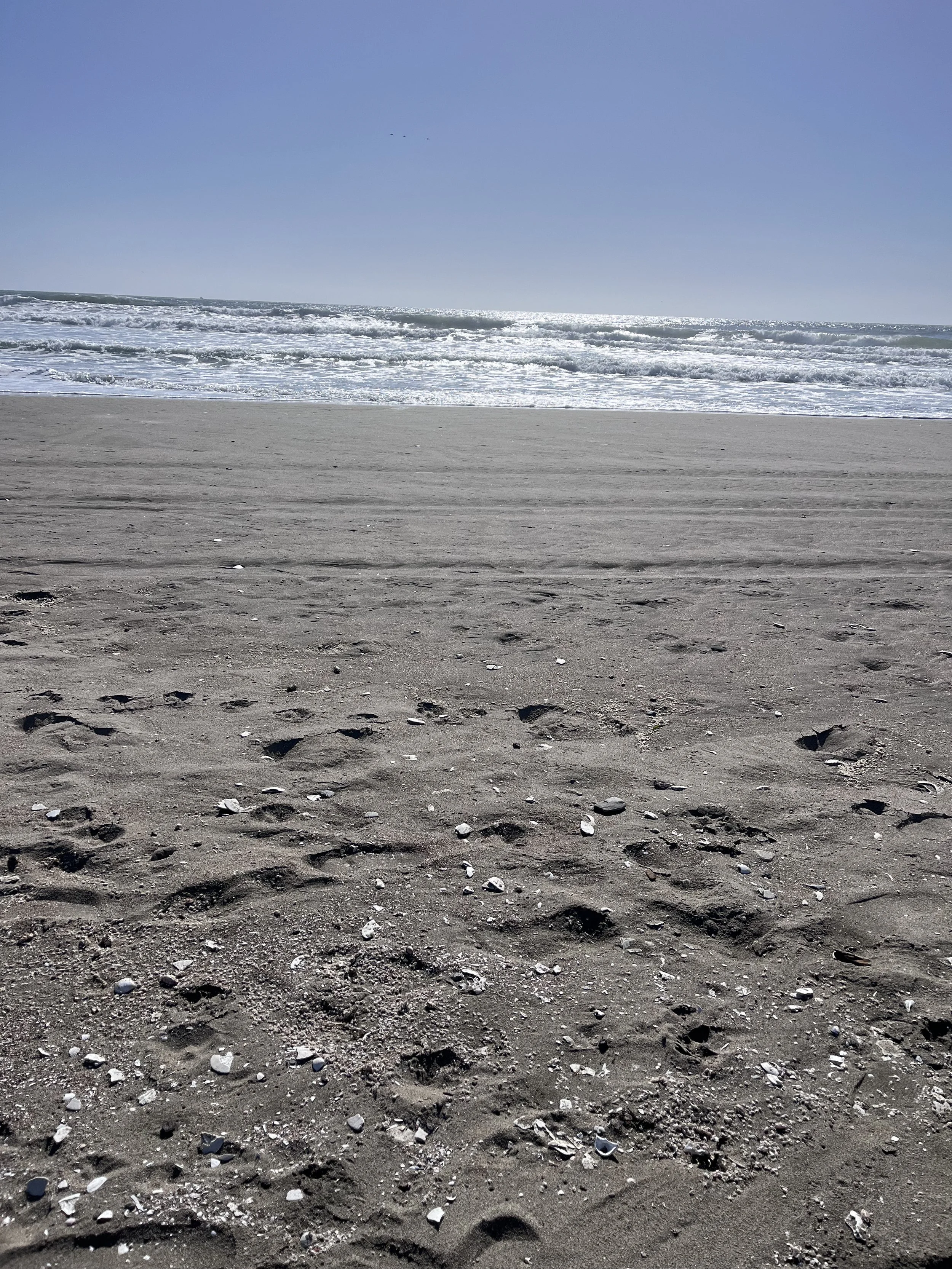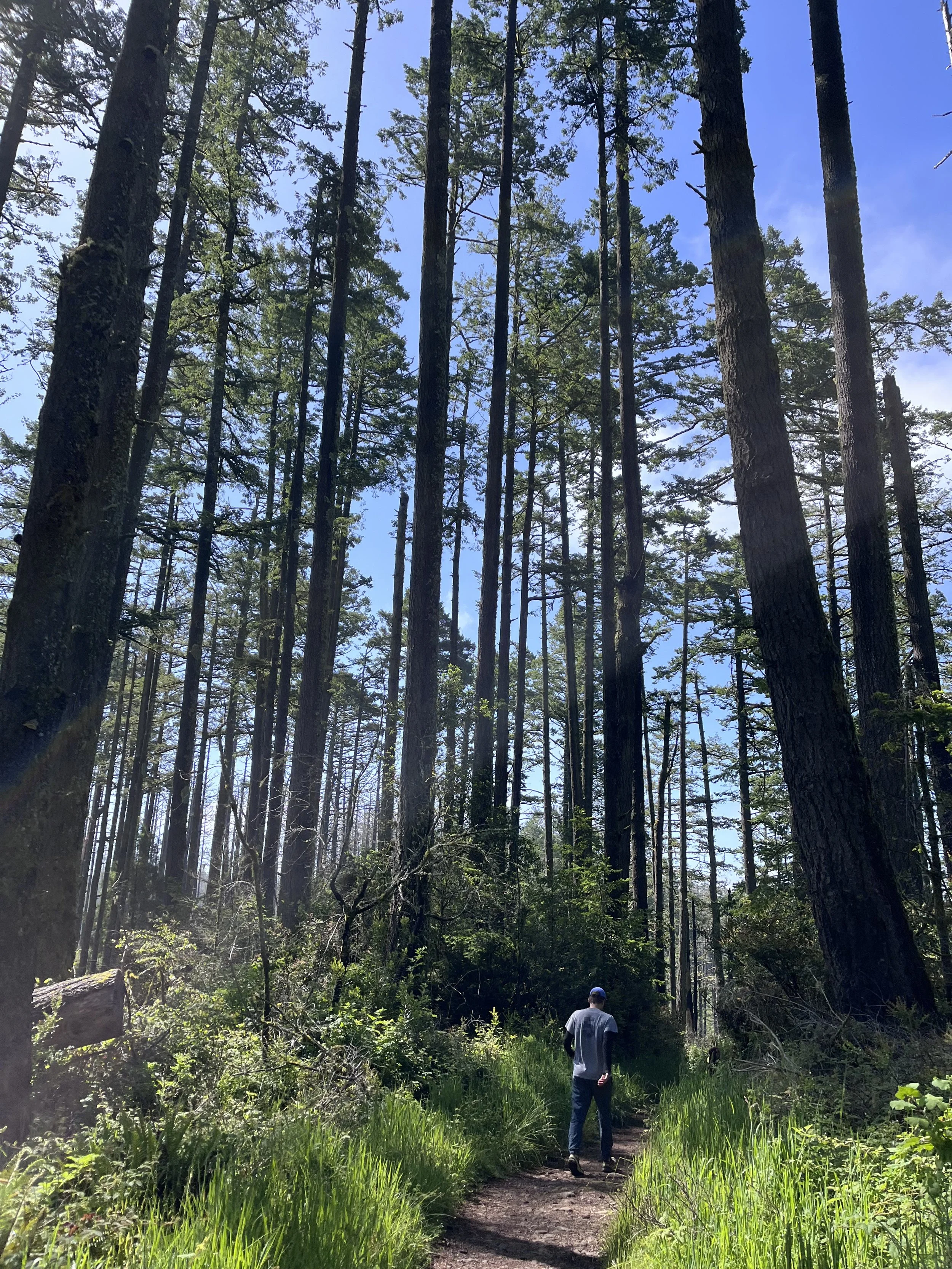How Does Water Go From a Tree's Roots to Its Branches & Leaves?
I inhaled deeply, taking in the earthy aromatic scent of the forest. A friend and I had escaped San Francisco for the day, heading to Guerneville, California, and we’d decided to kick off our visit with a walk in the Armstrong Redwoods Natural Reserve.
If you haven’t visited this forest, I highly recommend it, and it’s a great alternative to hiking in Muir Woods. You can feel the magic of the mighty trees as soon as enter this reserve. I was awed as I stood in the dappled sunlight, craning my neck up at the leafy canopy.
I couldn’t help but ask the question: How do these trees get water from the ground up to their leaves?
Luckily, I’d been reading a book on everyday physics, “Storm in a Tea Cup: The Physics of Everyday Life” by Helen Czerski, and when I returned home after my hike, I referred back to its pages to help answer this question. I also found some science journals online that helped describe the process (at least how we explain it today).
Caveat: I am not a scientist and am keeping this as simple as possible for this blog post. I discovered during further research that there is some controversy about the theory of how water reaches tree branches, so we may revisit this as we continue to learn!
How do trees get water to their branches (and leaves)?
There are a few physics/chemistry lessons that help explain how water can travel all the way from the roots of trees (even giants like Sequoia Sempiviren Coastal Redwoods.
1. Opposites attract - Water molecules are polar which means they have a slightly negative charge on one end (oxygen’s end) and a slightly positive charge on the other (hydrogen). This has to do with where the electrons like to hang out.
Think of water molecules as the stars of your new favorite Rom Com. We’ll call it “H2O: Bound by Love.” As with any good Rom Com, tension builds between co-stars, driven by the opposites attracting trope. When this happens in the movies, we say “they have great chemistry,” and the same thing (literally) applies here.
The negative hydrogen wants to be near the positive oxygen (opposites attract) which creates hydrogen bonds between water molecules. Water molecules can form up to four hydrogen bonds with each other creating interconnected networks between themselves. Our Rom Com turns into something more like an orgy, and we name it cohesion, the stickiness of the water molecules to each other.
2. Smaller can be better - I don’t know about you, but when I think of the forces that are at play on this planet, gravity tends to be the first one that comes to mind. This is likely because I grew up in the ‘90s when science classes seemed to revolve around astronauts and what it would feel like to be weightless up in space. It is also due to the fact that I’m a human which means I have quite a lot of mass.
An object's mass is directly tied to its gravitational pull. I am not equipped to speak about Einstein’s explanation of why this is, but we know it to be true. Think of something that has a higher density (more mass) like a solid weight versus something with a lower density like an empty box. One is heavier (has a stronger gravitational pull toward Earth) than the other.
Something that is much, much, much smaller than us will have less mass than we do and can be affected by other things on this planet more greatly than gravity.
To quote Elfaba, something very small with very little mass might, indeed, be able to defy gravity.
In her book, physicist Czerski explains that this is how towels work. Towels are made up of a bunch of tiny fibers which are attracted to water. At a small enough scale, this attraction can be stronger than the force of gravity, pulling water up into the fibers.
We might also think of this as the conflict in our Rom Com. Water is temporarily wooed by the fibers of the towel and jumps up away from the other water molecules.
But never fear! Our love story has a happy ending. Water remembers its first love is… water! The molecules that have attached to the towel’s fibers will then attract more water from the spill below, pulling it up into the towel with it.
But what do Rom Coms and towels have to do with trees?
The same thing happens in trees as water crawls up fiber tubes in the trees called xylem.
Water is held in microscopic pockets called Stomata on the outer layer of trees’ leaves. These holes are essential for photosynthesis, opening during the day to allow for the intake of gases and let water out through evaporation. | Source: California Academy of Sciences. “Stomata Printing: Microscope Investigation.”
This evaporation from the stomata is called transpiration). This evaporation or loss of water is stressful for the water remaining in the leaves. So, to make up for this, the attraction between water molecules (cohesion) pulls more water from within the tree to join it in the leaves.
Because these stomata are so microscopic, the tension is greater than the force of gravity.
This world of water and small-scale forces at work feels like something from a sci-fi movie as opposed to real life. I’m pretty sure it’s the concept that Ant Man was based on. This is called hydrotropism.
I have also started reading “Braiding Sweetgrass” by Robin Wall Kimmerer and am fascinated by her knowledge of trees utilizing their biologies during various seasons, so am certain I’ll follow this post with more fun facts about trees soon.
Additional resources that I enjoyed reading and think you might too:
https://bio.libretexts.org/Bookshelves/Botany/Botany_(Ha_Morrow_and_Algiers)/04%3A_Plant_Physiology_and_Regulation/4.05%3A_Transport/4.5.01%3A_Water_Transport/4.5.1.03%3A_Cohesion-Tension_Theory#:~:text=According%20to%20the%20cohesion%2Dtension%20theory%2C%20transpiration%20is%20the%20main,pulled%20up%20by%20this%20tension.
https://www.scientificamerican.com/article/how-do-large-trees-such-a/
https://www.nature.com/scitable/knowledge/library/water-uptake-and-transport-in-vascular-plants-103016037/#:~:text=After%20traveling%20from%20the%20roots,from%20that%20in%20the%20stem.






